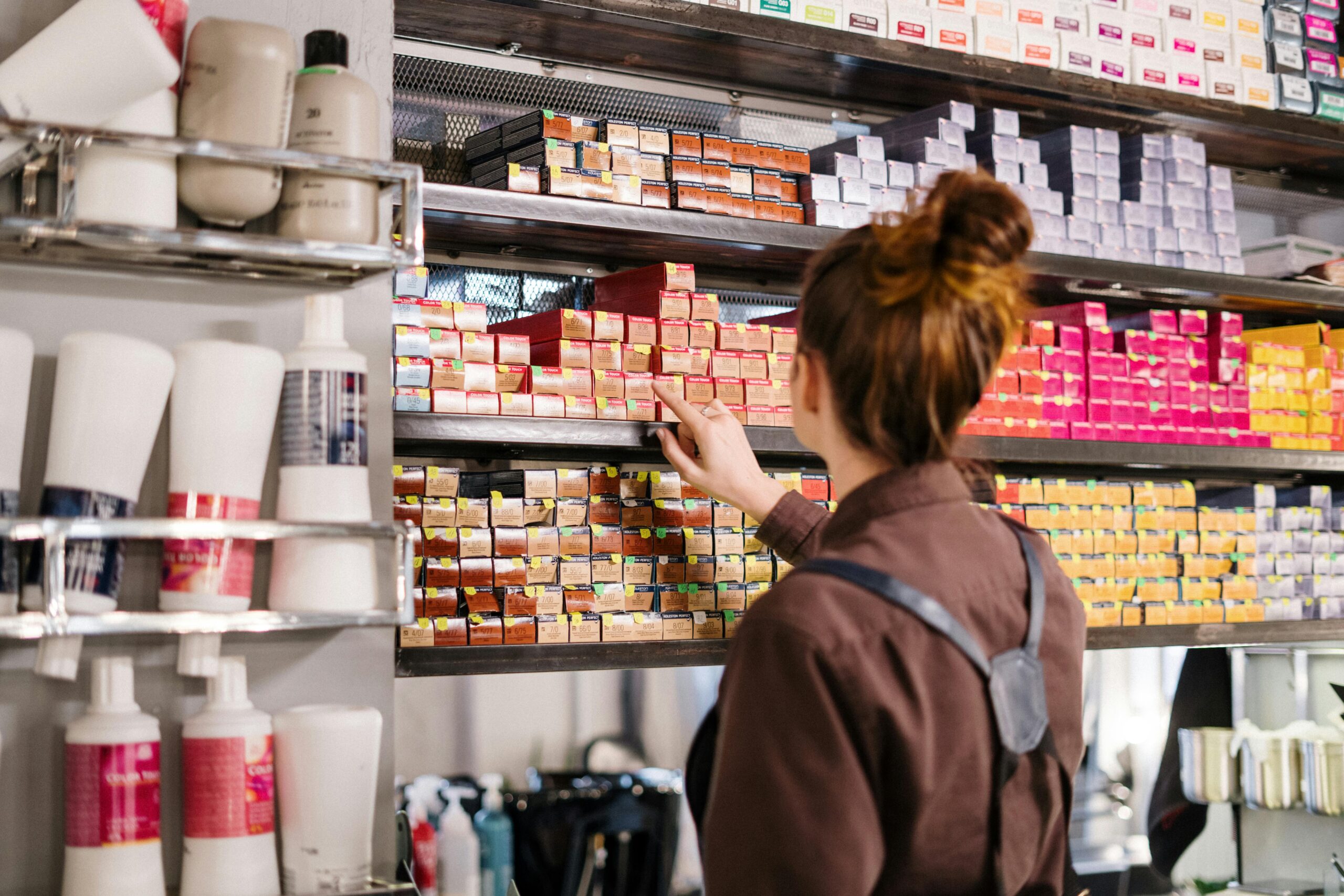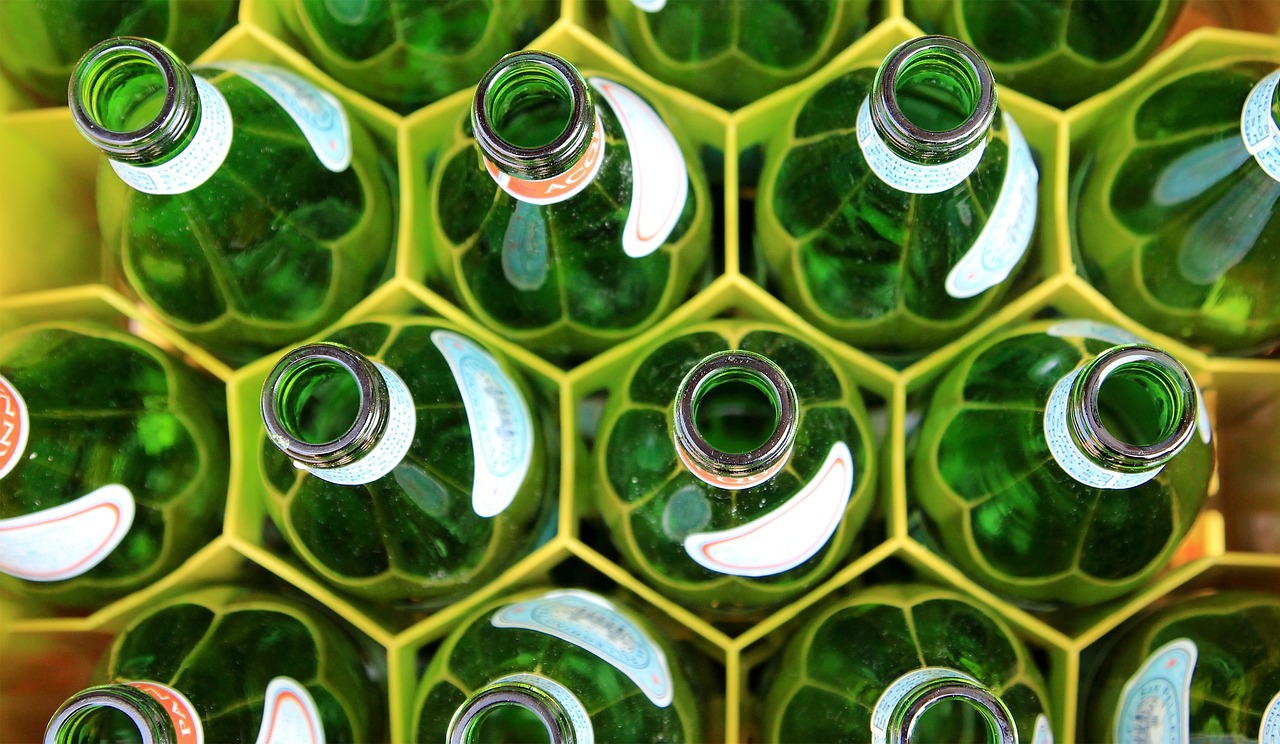The secret to sustainable shrink sleeves? Start with the end in mind
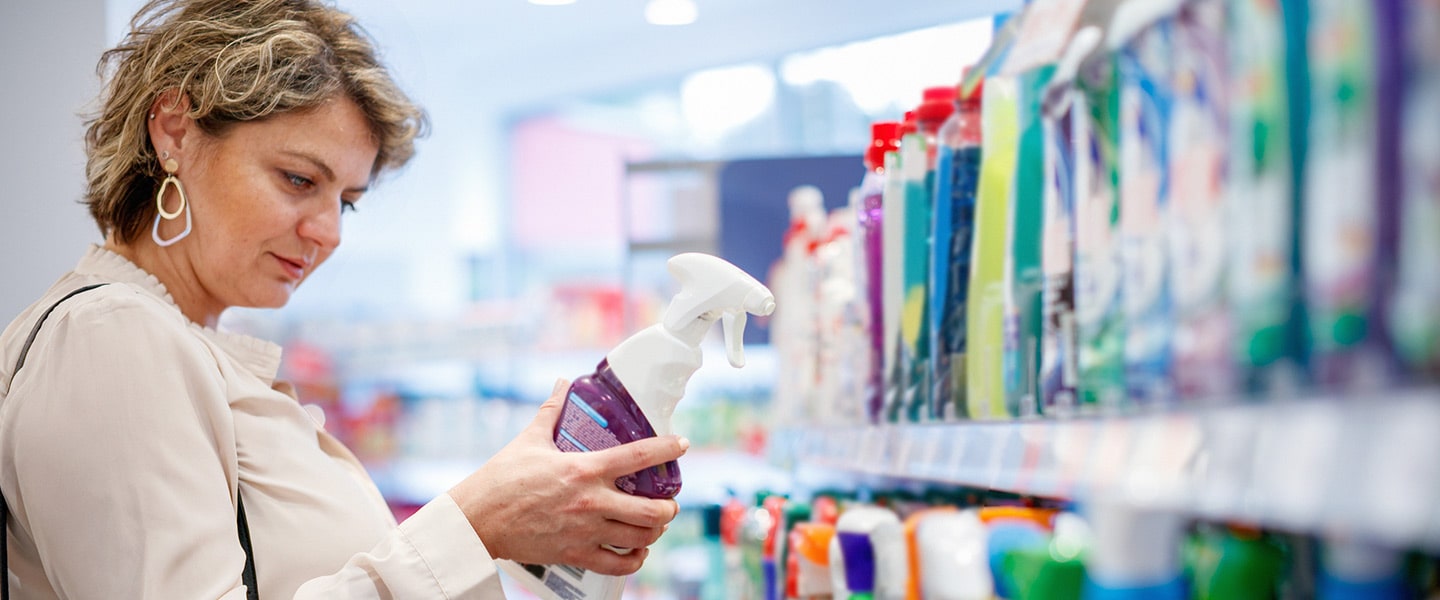
To build truly sustainable shrink sleeves, you must know your overall sustainability goals.
Compared to pressure sensitive labels, sustainable shrink forces brand owners to navigate many more variables.
If you’re considering incorporating stronger sustainability measures into your shrink sleeve labels, start by asking yourself: What are my sustainable packaging goals?
Every brand is different. There are thousands of answers to that question, including common goals like:
- Reducing your label’s overall packaging waste — In this case, switching to a thinner, lightweight shrink film might be the perfect solution for your brand.
- Increasing your label’s recyclability — By using matching container and label polymers, you can reduce the recycling steps for consumers.
- Making an eco-friendly statement with your label — Committing to labels made from recycled materials like PET flakes is an easy way to embark on new green initiatives.
- Learning more about biodegradable shrink sleeves — You can compost shrink sleeves made from PLA if you sell in a region with large-scale bioplastic recycling sites.
- Maximizing compatibility with local plastic recyclers — Make material recovery easy for local facilities by converting to PET bottles with PET labels.
If articulating your brand’s goals is difficult, you need an expert who understands the industry.
And there’s no better resource than your label provider.
By collaborating early in the process, you unlock every potential option for getting the exact sustainable shrink sleeve label you want — even ones you didn’t realize were possible.
This article will give you clarity on how a label partner helps you, including topics such as:
- The power of planning ahead
- Popular tactics for incorporating sustainability
- Understanding label and container compatibility
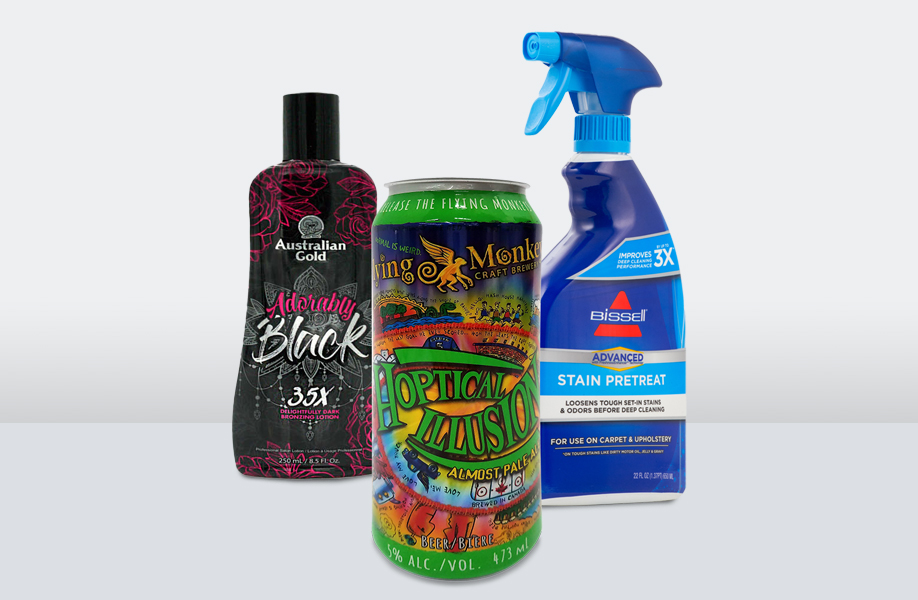
Advanced planning helps you build a better sustainable shrink sleeve
When your label partner understands the “end game” for your sustainability initiative, they can weigh how different parts of the packaging and shrink sleeve labeling process will impact that outcome.
In sustainable shrink sleeves, there are more limiting factors than sustainable pressure-sensitive labels.
Biodegradable shrink sleeves are a great technology, but
accessible industrial composting centers are still playing catchup — and these labels can’t be composted at home. That’s why most brands aim for sustainable shrink sleeves with maximum recyclability instead.
Related reading: What’s the difference between recycled, recyclable and recycling in packaging and labeling?
When it comes to labeling your product, details like the manufacturing process or how your co-packer runs your items through the line can affect your outcomes. Even the pairing of label material and bottle material can critically impact recyclability. For example, PET labels can only be recycled when placed on PET containers.
A good partner understands these variables. And they can flag problems or factors for you to weigh before you’ve placed a label order and it’s too late.
Six factors that can derail your sustainable label goals
Brands have been trained over the years that it’s okay to wait until later in the production process to work with a label provider. That’s often true, especially with eco-friendly pressure sensitive labels.
But green shrink sleeves are a different story.
Why does eco-design matter? Approximately 80% of environmental impacts are determined during the product and packaging design phase.
Several factors in the process can affect your long-term sustainability goals, including:
- Manufacturing equipment — Your co-packer alone might limit your sustainability options because they might not be able to adapt their lines to your preferred packaging.
- Print process — Washable inks allow for the separation of ink and the PET flakes during the recycling process, resulting in a higher quality recycled product.
- Bottle polymer — Materials like polyethylene, polypropylene and polyester are only recyclable when matched with a compatible label.
- Bottle shape — For highly contoured containers, you’ll need a high shrink label material, and that can rule out PET and steer sustainably-minded brands toward PETg instead.
- Graphics — You can add graphics to explain the proper recycling steps for consumers. One great resource for getting started is How2Recycle.
- Design — Your bottle’s material and shape can also influence sustainable design. If your label must be removed to be recycled, you’ll need zippers — and they must be compatibly designed with the bottle’s contours and seams.
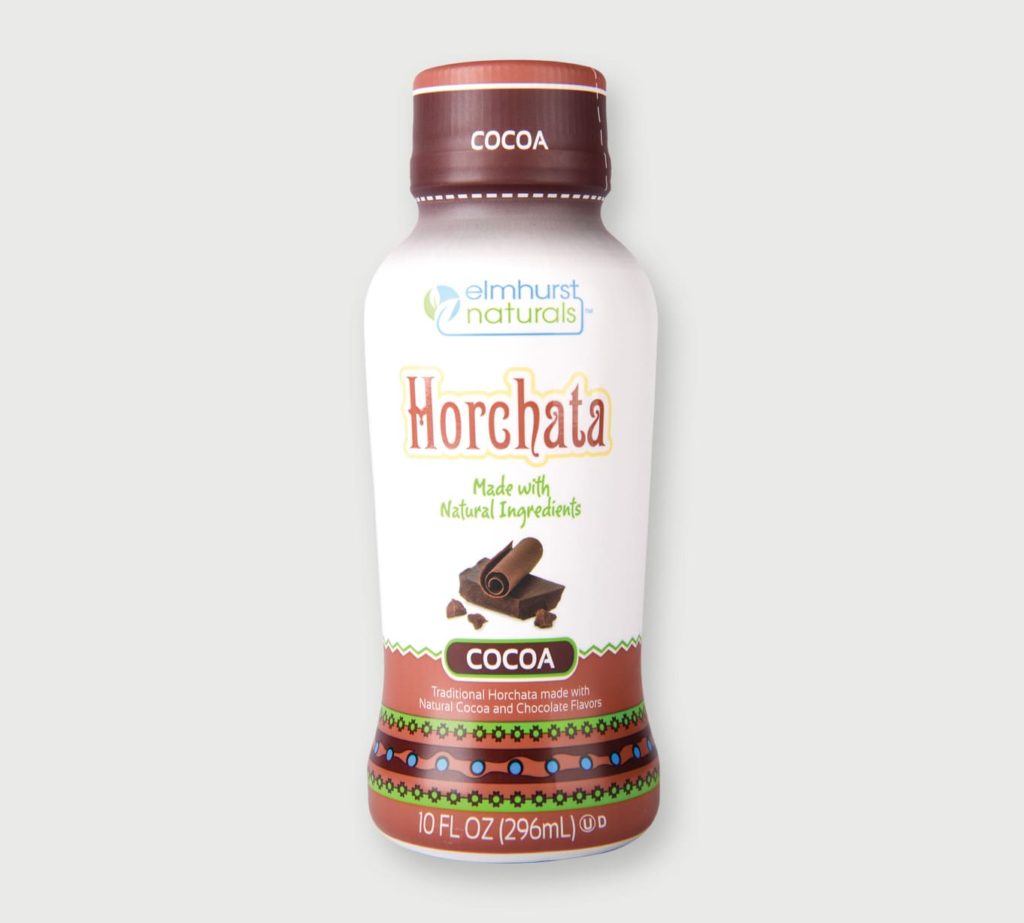
Keeping all this in mind can feel overwhelming.
The last thing you want is to overcommit to the wrong solution and settle for anything less than the sustainability goals you set for your brand.
Schedule a consultation as early as possible — By working with your label partner from the start, you can establish goals for informed shrink sleeve material selection, design and processing compatibility with co-packers.
Related Reading: Why (and how) to move toward more sustainable labels.
How to make your shrink sleeves labels more sustainable
Let’s zoom out for a moment. In packaging and labeling, “sustainability” is a broad umbrella term that covers a range of options. And the sustainability of a shrink sleeve isn’t measured in absolutes, but on a spectrum.
But there is one absolute: The most sustainable shrink sleeves make recycling easy for consumers.
That’s because if it’s easy for consumers to do, they’ll probably follow through. In packaging and labeling, we call this “recyclability success.”
Basically: How likely is it that a consumer properly recycles a recyclable container?
- Matching materials is a great way to increase that likelihood. For example, a PET water bottle with a PET label is fully recyclable without any extra steps for the consumer.
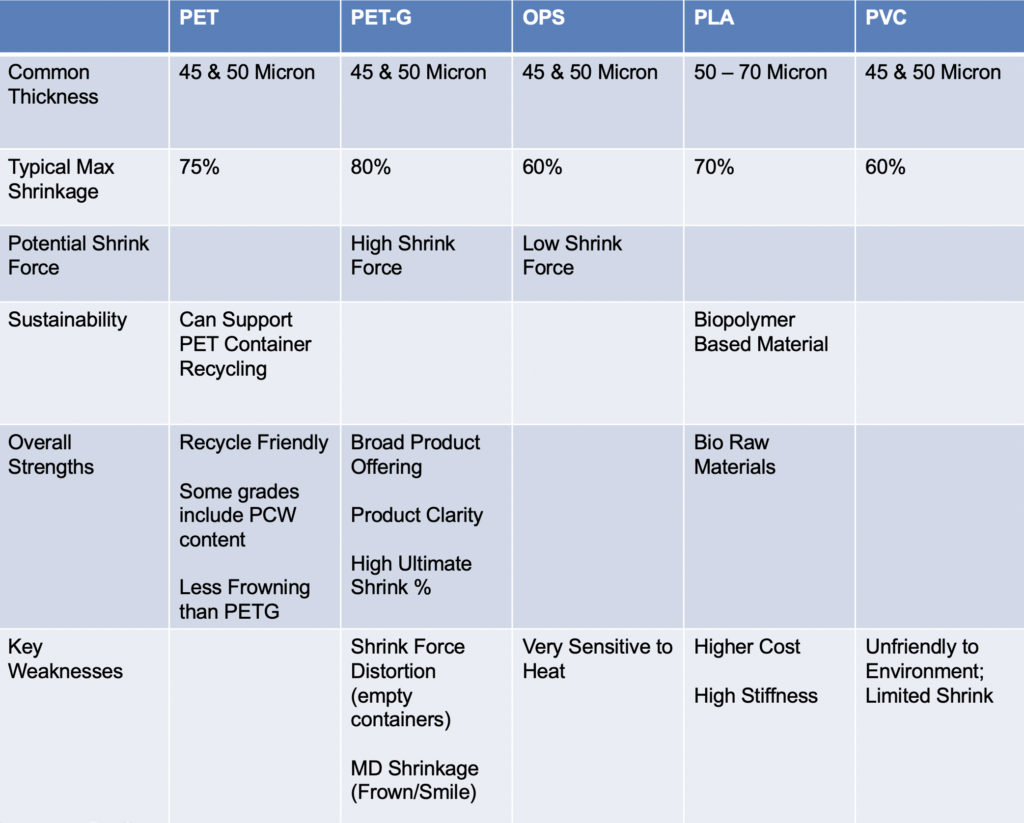
The answer lies in design, and shrink sleeve labels should be designed with recyclability success in mind
There are thousands of ways to do this. This is by no means an exhaustive list of options, but designing a shrink sleeve for sustainability includes common solutions like:
How zippered labels increase recyclability success
When your label material differs from the bottle material, they cannot be recycled together — even if both are made from recyclable materials. That’s why you’ll need zippers for easy label removal.
But bottle shape can interfere with zippers by causing them to “pop up” or even burst under heat during the shrinking process. Even miscalculating the location of the zipper can negatively impact your end goal. When you include a zipper, you must design for it.
Few US-based consumers have experience with zippered label removal, so you should include instructions for disposal. Omitting clear instructions lowers the odds of recyclability success.
When less is more: Why you should consider downgauging and lightweighting
Downgauging doesn’t just refer to smaller height and width dimensions for your label, though that’s one option. You can decrease the thickness of your label, too.
By using less material, you’ve inherently built a more sustainable label. This reduces your label’s overall size and thickness — and your material consumption.
As a bonus, thinner materials weigh less, which increases density. And higher shipping density means your packaging will be less expensive to transport.
The importance of washable inks
Facilities must wash packaging and labeling before they can process them into newly recycled materials. Washing isn’t just intended to just remove product residue — it’s also to strip inks from the label to fully “clean” it.
When you design a shrink sleeve with sustainability in mind, washable inks are crucial because they enable the overall recovery of the label that makes recycling possible.
The takeaway: You need an expert partner
Weighing factors like container and label material compatibility, the capabilities of your co-packers, bottle shape and design intricacies is no easy task.
Exploring the appropriateness of these options for your brand’s sustainability goals is easiest with the help of a partner to guide you through the process step by step.
Flawless shrink sleeve solutions for you
Resource Label Group has helped countless brands achieve their shrink sleeve vision. From complimentary consultations to pre-press guidance, distortion-proofing to quality standard checks, our team is committed to helping your brand take your idea from concept to reality.
Sustainable shrink sleeves, done right
When you partner with Resource Label Group, you’ll find a team of experts who can point your focus to the most impactful aspects of sustainable shrink sleeve design and manufacturing. By looping in an expert label provider, you can be sure that no opportunity will be missed.
There’s no perfect way to design sustainable shrink sleeve labels. But with the right label partner, you’ll get sustainable shrink sleeves that are perfect for your brand.
Reach out today to get started
Tags:

